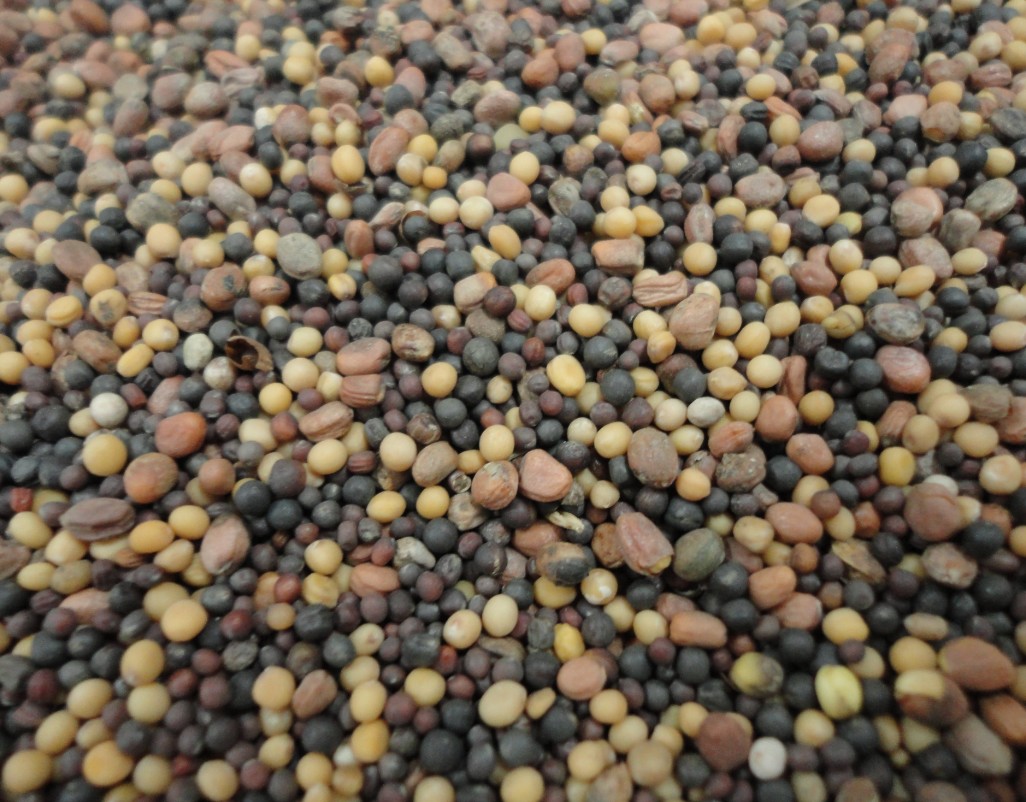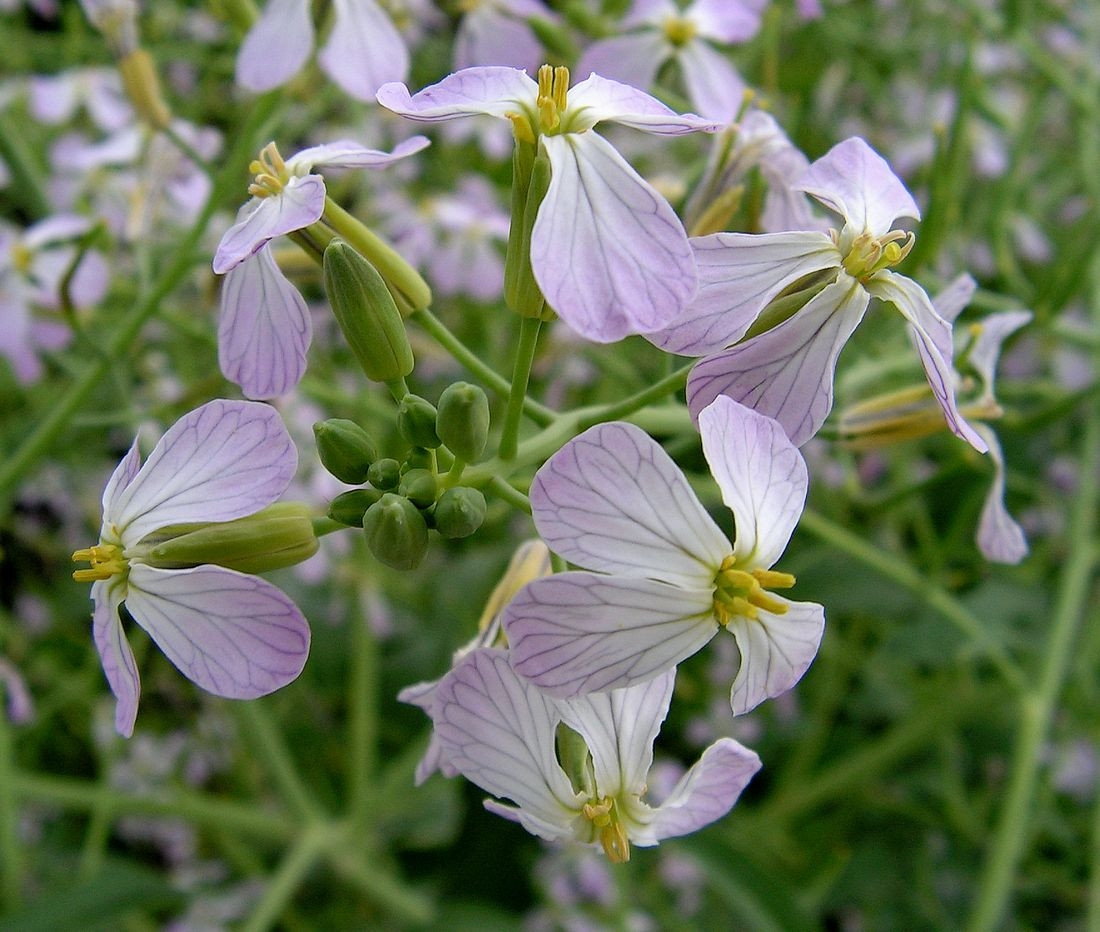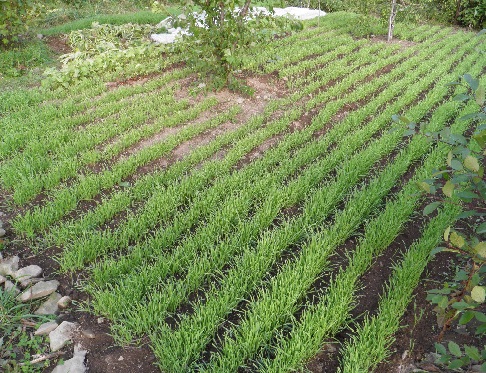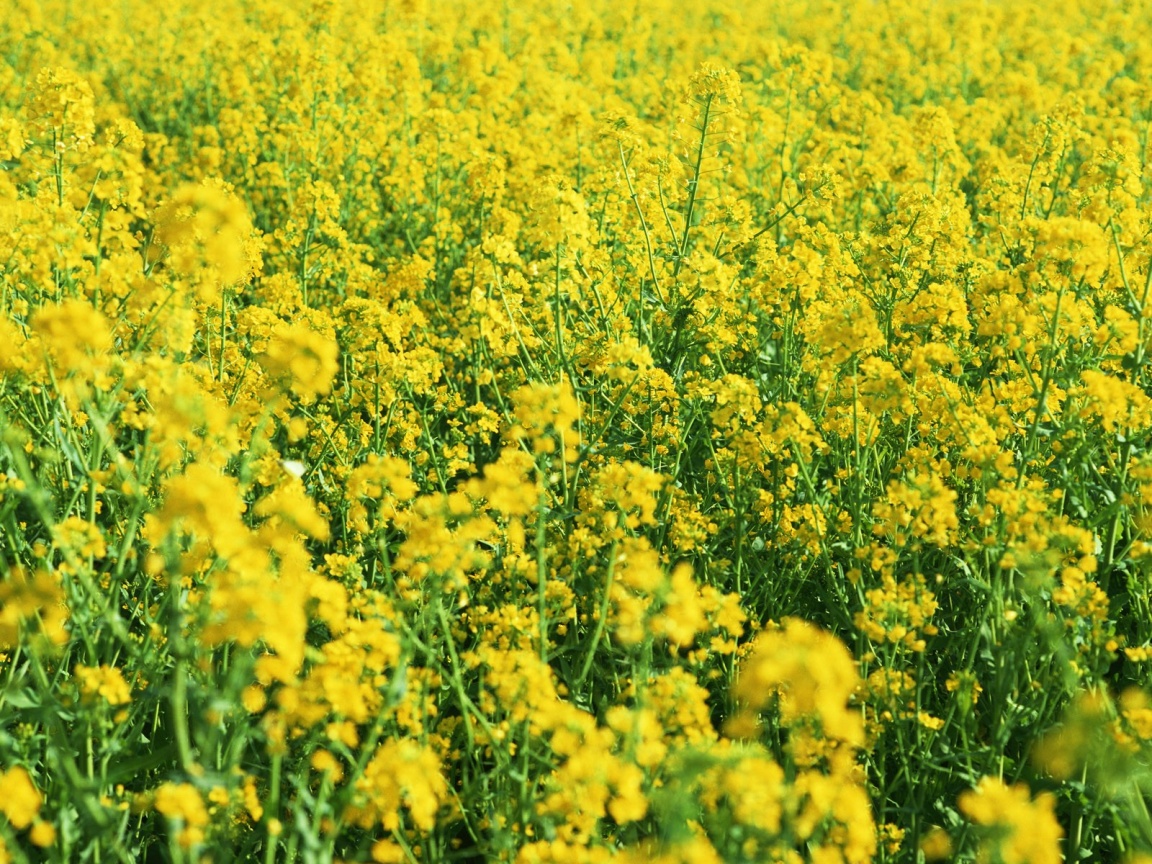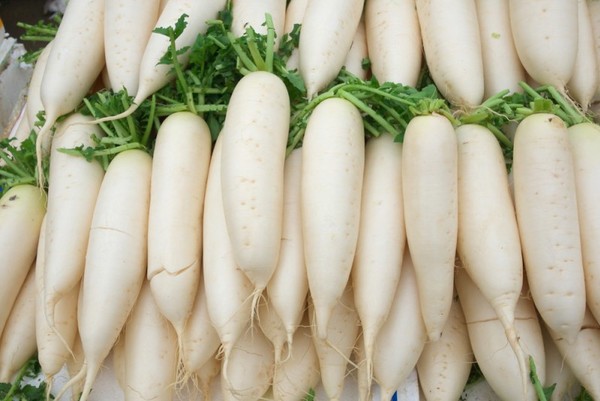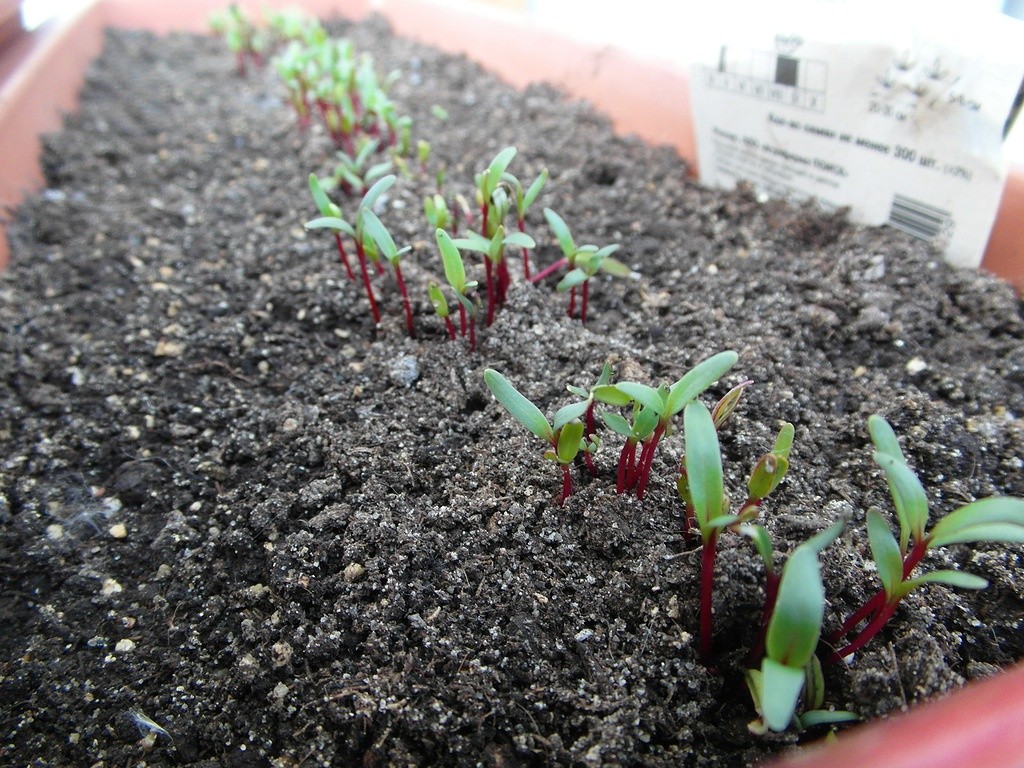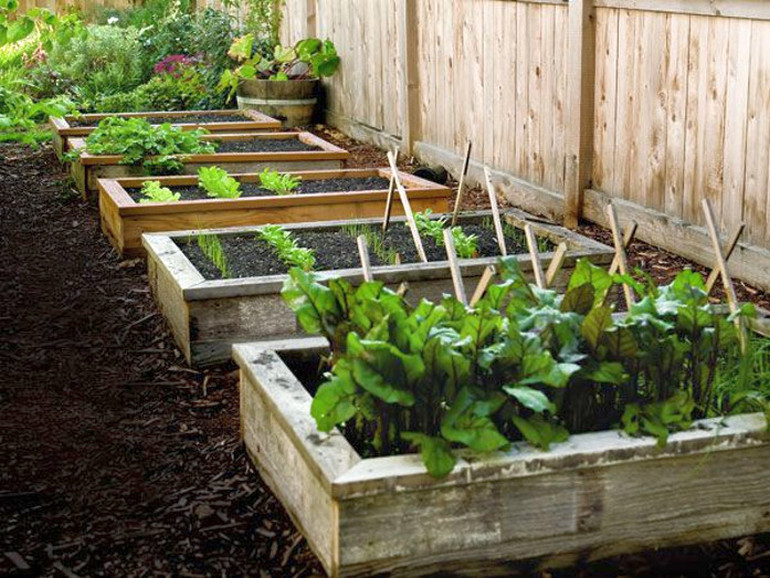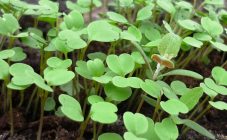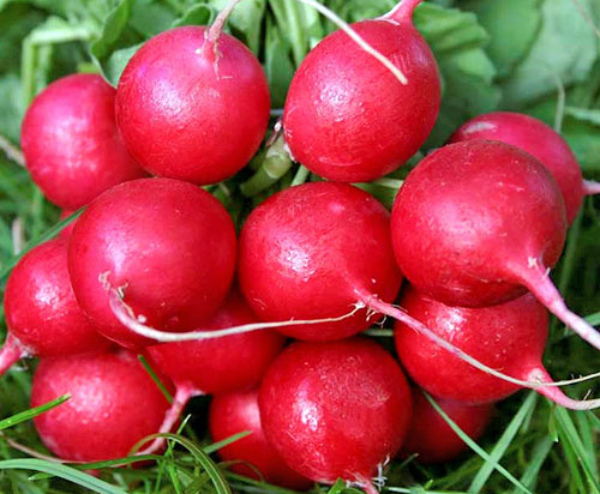Content:
Oil radish is a fodder plant that is actively used in modern agriculture. The most widespread culture was received as siderat. The plant has a very strong root system. During the cultivation of oil radish, the soil is perfectly loosened and enriched with useful microelements necessary for the cultivation of other crops.
History of appearance
The oil radish belongs to the cabbage genus and is called Raphanus oliefera in Latin. The homeland of this plant is Asia, where for a long time they tried to cultivate the land for growing radish as a vegetable. You cannot find Shrovetide radish in the wild. Today it has gained popularity in the countries of North America and has also spread throughout Europe. In our country, the following varieties are most widespread:
- Tambovchanka;
- Brutus;
- Rainbow;
- Sabina;
- Nika;
- Jumper.
Description of culture
Oil radish belongs to annual plants that can be grown for different purposes. Oil radish is a fast growing crop that can be sown several times a year. Differs in good characteristics of frost resistance.
The growing season is about 2 months with spring sowing, and with summer sowing, 15-20 days shorter. Seedlings tolerate frosts well, which do not exceed -5 degrees, and during the flowering period they can withstand temperatures down to -8. That is why it is used as the final crop of the green conveyor in feed preparation. After mowing, the plant regrowth and a second cut can be obtained.
It is used in:
- Food Industry;
- agriculture as fertilizer;
- cosmetology;
- pharmacology;
- cooking;
- biofuel production.
It is distinguished by culture and unpretentiousness to conditions - the radish can grow equally well both in cold regions and in places with a warmer climate.
At its core, the oil radish is a plant 1.2-1.5 m high. It differs in leaves, which have a peculiar cut shape. Each variety of oil radish blooms differently: from white to pink or light purple. As already noted, the fruit becomes a small pod (6 to 8 cm) filled with seeds. The seeds have a round-oval shape and are colored red-brown. The weight of one seed is insignificant; for 10-12 grams, about a thousand pieces are required.
Despite good drought tolerance, a sufficient amount of moisture is required for productive growth, since the root system is located in the upper soil layer. If there is not enough moisture during growth, the plant will not branch and grow in height.
Applications
Culture has found wide application in modern society. It is generally believed that it is used in agriculture and agronomy, but this is far from the case. Most people perceive oil radish as a siderat. But there are many more areas of its use.
Cooking
Although the plant does not produce edible fruits, it can also be used to prepare certain dishes. Often, ground greens are used to add to salads, only before using the greens in food, they are soaked in water for an hour.
Pharmacology
Essential oil, as well as essences from the plant, are used as a basis for the preparation of certain medicines. Most often they can be found in vitamins, teas, fees. Dried leaves of oil radish as part of a special collection have a calming effect on a person, help to cope with stress and headaches.
Cosmetology
Many massage oils contain the essential oils of this particular plant. They have a beneficial effect on the condition of the skin, contributing to its smoothing and relaxation. Also rare essential oils are found in shampoos and hair conditioners. Thanks to their presence, the hair becomes silky and shiny, acquiring a light honey scent.
Industrial production
Oil radish is used by manufacturers of engine oils and diesel fuel for technical machines and combines. An emulsion made from the oils of this plant is used when it is necessary to lubricate parts of mechanical devices.
Food industry
Raspberry radish is of great value for the food industry, as its green part contains unique components that are used in the manufacture of various fortified oils. But the method and method of making such products is very complex and laborious, therefore, rare oil is produced in small quantities, and it is very difficult to buy it in its pure form.
Also, a protein is obtained from the radish, which occupies 30% of the composition of the plant; it is further used in the production of dietary sports nutrition.
Growing features
The radish is prized due to its early maturity. From the moment of sowing to full ripening, no more than 60 days pass. Its unique feature is that the plant does not require fertilization during growth. Culture thrives on both empty and impoverished lands. Treatment from pests and diseases is also not required.
Sowing
You can sow radish at different times, it all depends on the purpose for which the culture will be grown. Sowing can be carried out from early April to mid-September. The plant gives the greatest yield when planted in April. When used as fodder or green manure, sowing is carried out at a distance of approximately 0.15 cm from each other, on average, per unit of area, the norm is no more than 3 grams. The seeds are immersed in depth no more than 3-4 cm, the distance between the rows should be at least 15 cm.
Germinates very quickly, fast shoots can be noted already on the fourth day. And after a month you can remove the first cut for forage. It takes about a month from the moment the shoots appear to flowering.
If the planting of oilseed radish is planned to be used as a honey plant, then when sowing a crop, a distance between rows of about 40 cm should be maintained.
If it is planned to prepare the land for spring crops with the help of radish, then it is left until the first frost.
Care and cleaning
The plant is very easy to care for. The yield of green mass directly depends on the amount of moisture entering the soil, if the crop is planted in order to obtain forage.
The main features of growing a plant are the following points:
- After 3-4 weeks after planting, the soil is loosened, this can be done manually or with the help of a cultivator;
- If the season is not rich in rainfall, then you should take care of sufficient watering.
These are the basic principles of growing oil radish. Thanks to such simple procedures, you can get a good harvest, which contributes to the rapid growth of the popularity of this plant.
The timing of cleaning and the technology of carrying out completely depends on the goals that are pursued during planting.
- To obtain fodder, after the plants reach a height of 20-30 cm, you can make the first cut. Throughout the season, it will turn out to get green mass in this case about three times;
- If you plan to plant a crop such as green manure radish for winter crops, then the removal is carried out approximately 20-25 days before planting;
- To obtain humus from plant residues, you should take care of a humid environment;
- If it is planned to prepare the land for spring crops with the help of radish, then it is left until the first frost. The crop is especially valuable as a fertilizer if it is planned to grow cucumbers, peppers, tomatoes or grapes in this place next season. As practice shows, the yield increases by about 30%;
- The radish blooms for 25-30 days, which allows it to be used as an excellent honey plant.
Advantages and disadvantages
The culture is very much in demand among modern gardeners and gardeners. Oil radish very easily adapts to climatic conditions. It is grown not only for agricultural purposes, but also as an excellent honey plant in many bee farms.
Carrying out the description of the oilseed radish, as a separate culture, the following advantages should certainly be noted:
- During growth, the plant loosens the soil well, forming a layer of fertile soil. During winter frosts, the remains of the ground part become insulation, protecting the soil from freezing;
- In the process of growing, the crop will displace dangerous weeds, wireworms or potato scab from the site;
- During growth, various essential oils that make up the plant are released into the ground. They enrich the soil, carry out disinfection, protect against worms, harmful microorganisms and bacteria;
- The upper part of the crop is used in most cases as feed for cattle;
- The seeds, which are half vegetable oil, have found wide application in cooking, pharmaceuticals and medicine;
- The oil radish for winter crops plays the role of green manure.
When the leaves of the oil radish decay, substances are released into the soil, which are excellent fertilizers. From 1 hectare of greenery, the soil receives:
- 100 g potassium;
- 85 gr. nitrogen;
- 25 gr. phosphorus.
As the main drawback of the culture, it is necessary to highlight its demand for moisture. With a shortage, the yield decreases sharply, the plant will not be so high and juicy. With an excess of moisture, lodging of crops can be observed, as well as delays in seed ripening.
A plant such as oil radish is widely used and is often used in modern farming. This is due to simple care, unpretentiousness and rapid growth. Therefore, in many situations it is worth paying attention to this particular culture.

